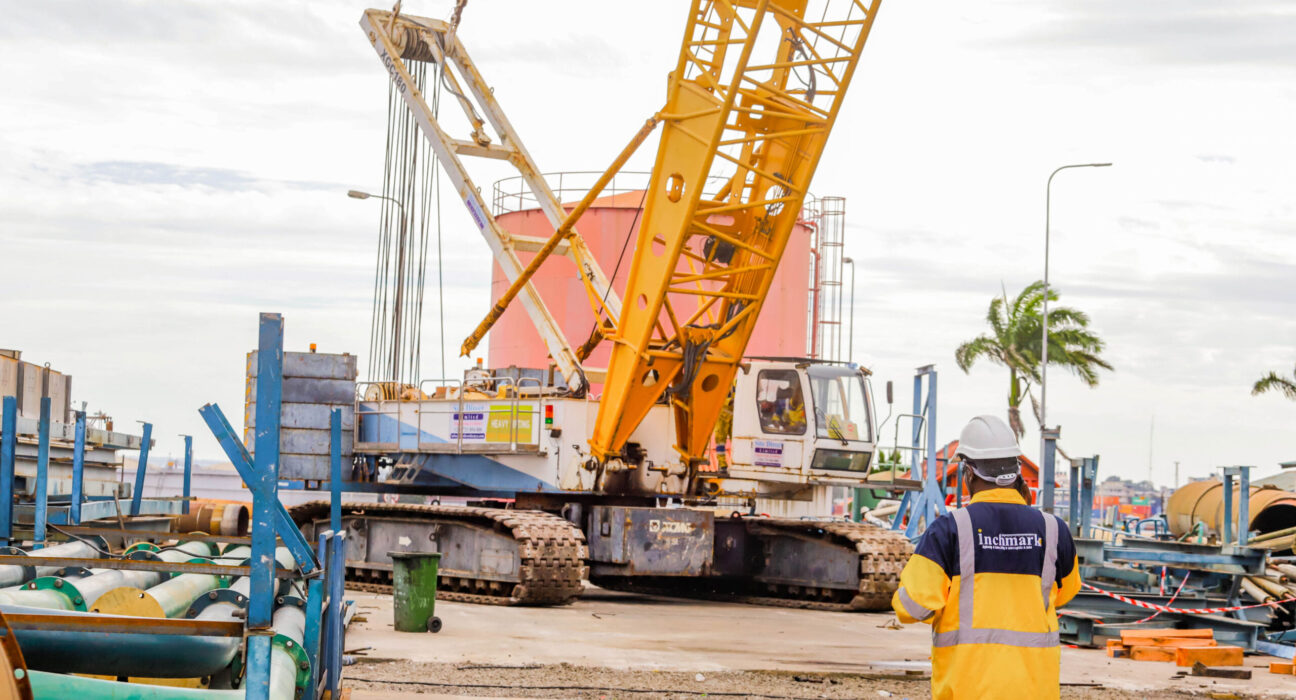Independent Power Producers (IPPs) play a critical role in Kenya’s energy sector by supplementing electricity supply to the national grid, which is managed by Kenya Power. These private entities develop, own, and operate power plants, and sell the generated electricity in bulk to Kenya Power, enhancing the country’s power generation capacity. IPPs are particularly essential in helping meet Kenya’s growing demand for electricity as the country continues to industrialize and expand its infrastructure.
In recent years, IPPs in Kenya have been a key focus in discussions around electricity pricing, generation capacity, and the need to diversify the country’s energy mix. Here’s a comprehensive list of the registered and active IPPs in Kenya, along with the key details about their operations:
1. Tsavo Power Company Ltd
Established in 2002, Tsavo Power Company Ltd operates the Tsavo Thermal Power Station located in Kipevu, Mombasa. This thermal power station has a capacity to generate 74 MW of electricity. The plant plays a significant role in stabilizing power supply in coastal Kenya, particularly during peak demand periods.
2. Iberafrica Power Ltd
Iberafrica Power Ltd was founded in 1997 and operates two power plants in Nairobi’s Industrial Area. These plants are primarily diesel-powered, with Plant 1 generating 56 MW and Plant 2 generating 52.5 MW. Iberafrica contributes to the energy needs of Nairobi’s industrial sector, which is vital for economic activity in the country’s capital.
3. Thika Power Ltd
Thika Power Ltd, a subsidiary of Matelec Group of Companies, began operations in 2014. It operates a power plant in Thika with a capacity of 87 MW. This plant is strategically located in an industrial town, catering to the growing energy demand in the region.
4. Rabai Power Limited
Rabai Power Limited operates a thermal power plant located in Rabai, Kilifi County, with a capacity of 90 MW. Since its commissioning in 2010, Rabai Power has provided much-needed electricity in the coastal region, contributing to the reliability of the national grid in Kenya.
5. Gulf Power
Gulf Power’s plant is located in Athi River, an industrial area with high electricity demand. The plant generates 80.3 MW of power and began operations in 2014. Gulf Power helps meet the electricity needs of large industries in the region, contributing to the country’s overall energy supply.
6. Triumph Power Generating Company
Triumph Power Generating Company operates an 83 MW power plant located in Athi River. The company commenced operations in 2015, and its contribution is crucial in meeting the power demands of Kenya’s rapidly growing industrial sector.
The Role of Independent Power Producers (IPPs) in Kenya’s Energy Mix
The IPPs in Kenya primarily rely on thermal, diesel, and heavy fuel oil (HFO) to generate electricity. This is particularly important as thermal power can be dispatched to the grid when hydroelectric power—Kenya’s primary energy source—is insufficient due to seasonal fluctuations. The flexibility provided by IPPs helps ensure a stable power supply during periods of drought when water levels in dams fall.
However, the conversation around IPPs in Kenya has become increasingly focused on the need to shift from fossil fuel-based power generation to renewable energy sources like wind, solar, and geothermal. This transition is expected to reduce Kenya’s reliance on imported fuel, lower the cost of electricity, and meet the country’s climate change goals.
Challenges and Opportunities for IPPs in Kenya
One of the ongoing challenges for IPPs in Kenya is the cost of power generated from thermal plants, which tends to be higher than renewable energy sources. This has led to calls for renegotiating power purchase agreements (PPAs) between Kenya Power and the IPPs, to reduce the cost of electricity for consumers.
On the other hand, Kenya’s energy sector offers significant opportunities for investment, particularly in renewable energy. The country is known for its renewable energy potential, with abundant geothermal, wind, and solar resources. Several IPPs are already exploring projects in these areas, contributing to Kenya’s ambitious goal of achieving 100% clean energy by 2030.
Other Notable Independent Power Producers in Kenya
While the above six IPPs are among the major players in the country’s power generation sector, there are other notable companies involved in producing and supplying electricity to the national grid. These include:
- KenGen (Kenya Electricity Generating Company): Although primarily state-owned, KenGen also operates as an IPP, with a significant contribution from renewable energy sources like geothermal and hydroelectric plants.
- Lake Turkana Wind Power: This is the largest wind farm in Africa, generating 310 MW of wind power. It began feeding into the national grid in 2019, marking a significant milestone in Kenya’s renewable energy journey.
- OrPower 4 Inc.: A subsidiary of Ormat Technologies, OrPower 4 operates geothermal power plants in Kenya’s Olkaria geothermal field. It is one of the leading producers of clean, renewable geothermal energy in the country.
The role of Independent Power Producers in Kenya is pivotal to ensuring the country’s energy security and meeting the growing demand for electricity. As the country shifts toward cleaner energy, there will likely be more IPPs investing in renewable energy projects to support the government’s green energy goals. While challenges related to the cost of power from thermal plants remain, the future of IPPs in Kenya looks promising, particularly with increasing investment in renewable energy sources like wind, solar, and geothermal.
By partnering with IPPs, Kenya can continue to diversify its energy mix and build a more resilient, sustainable power sector to meet the demands of its growing economy.





